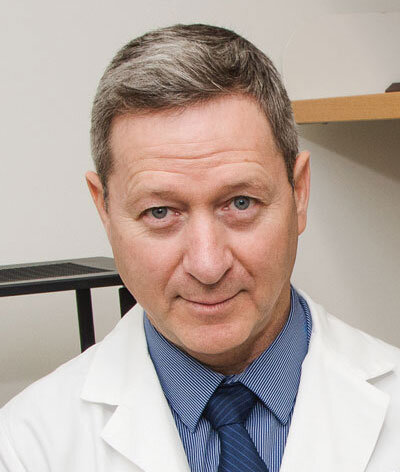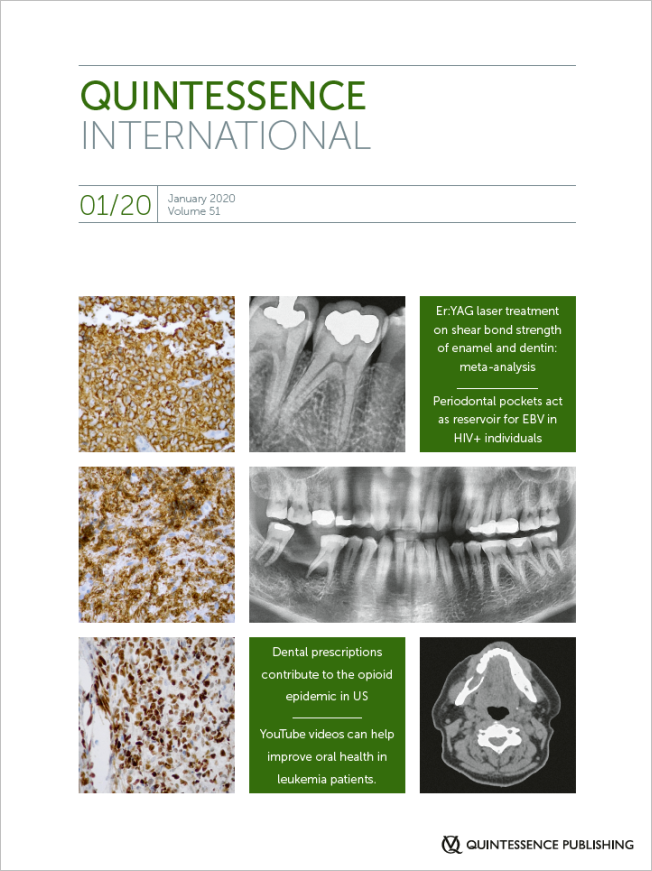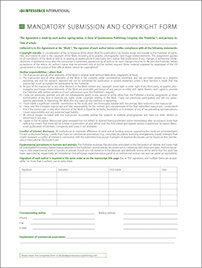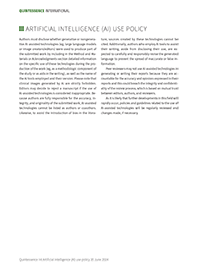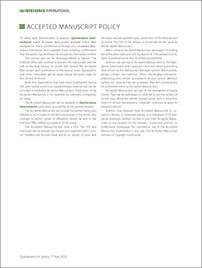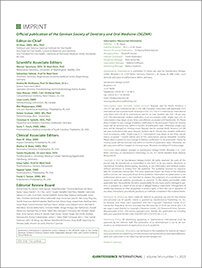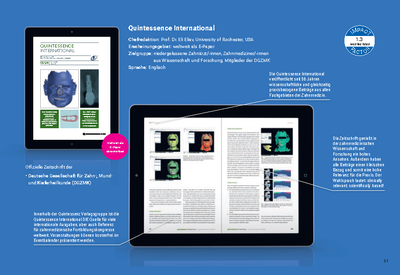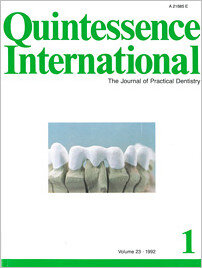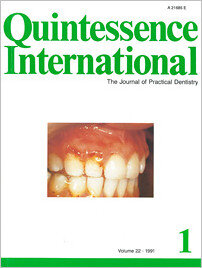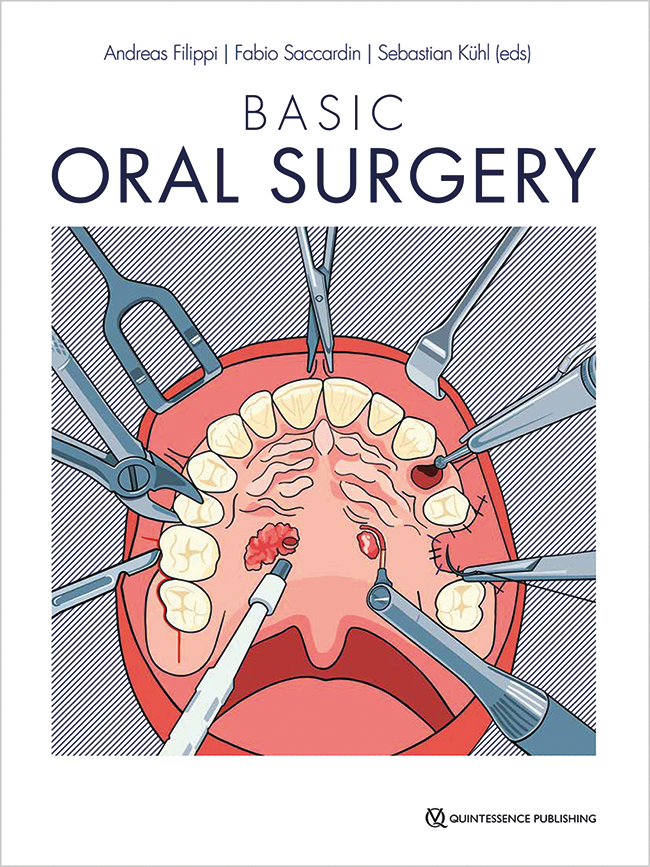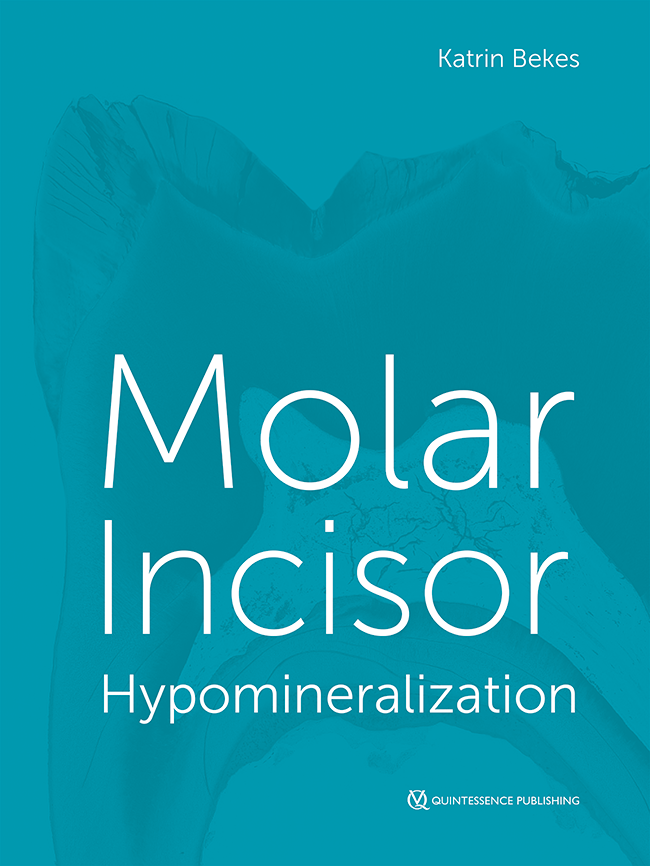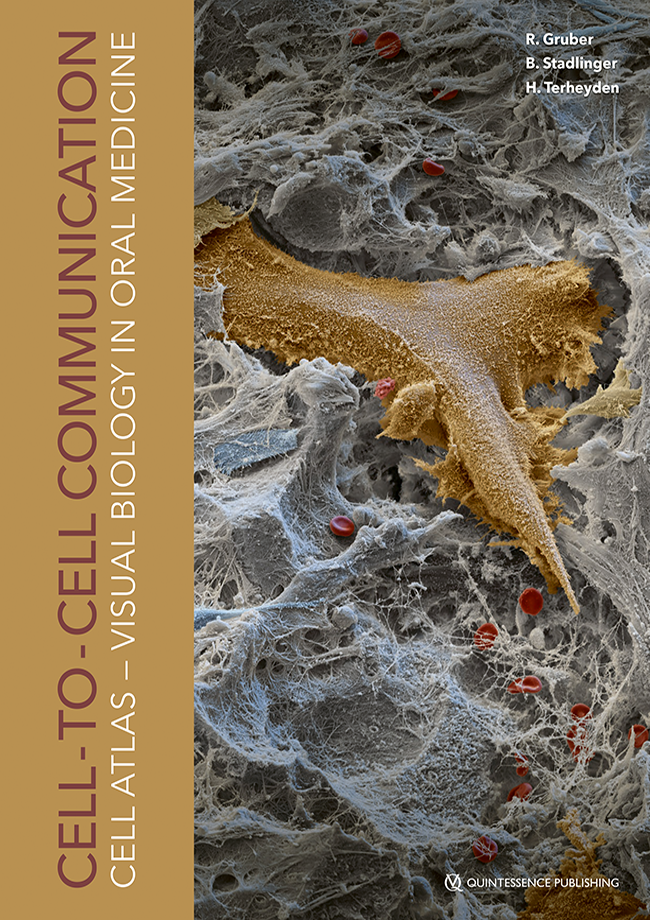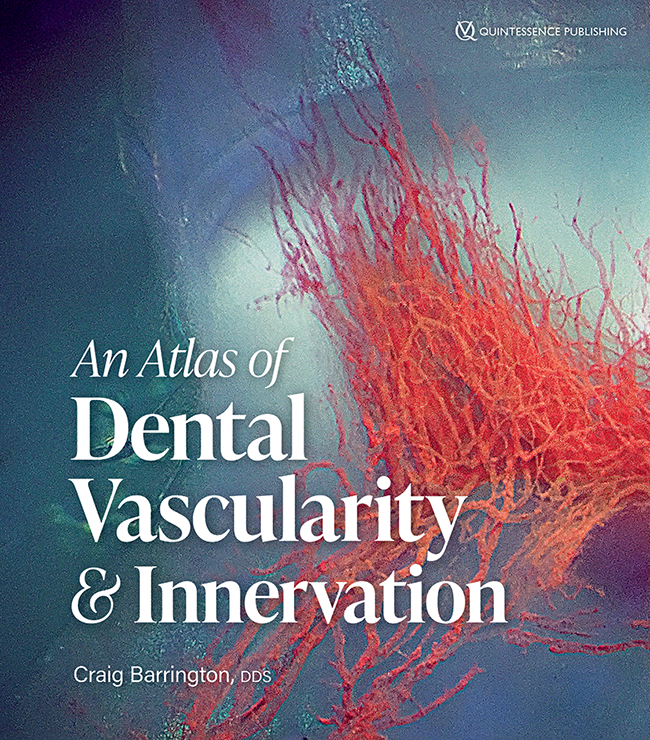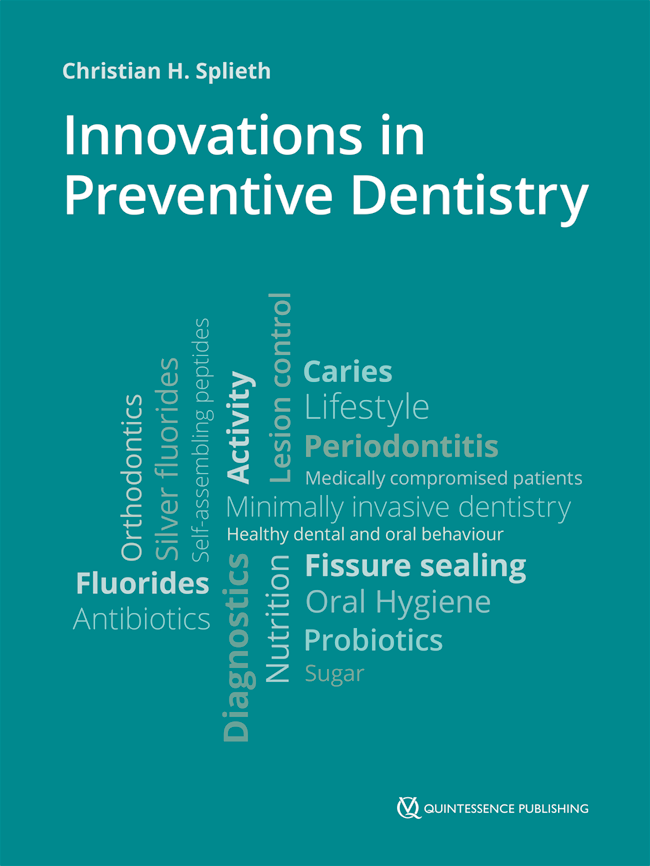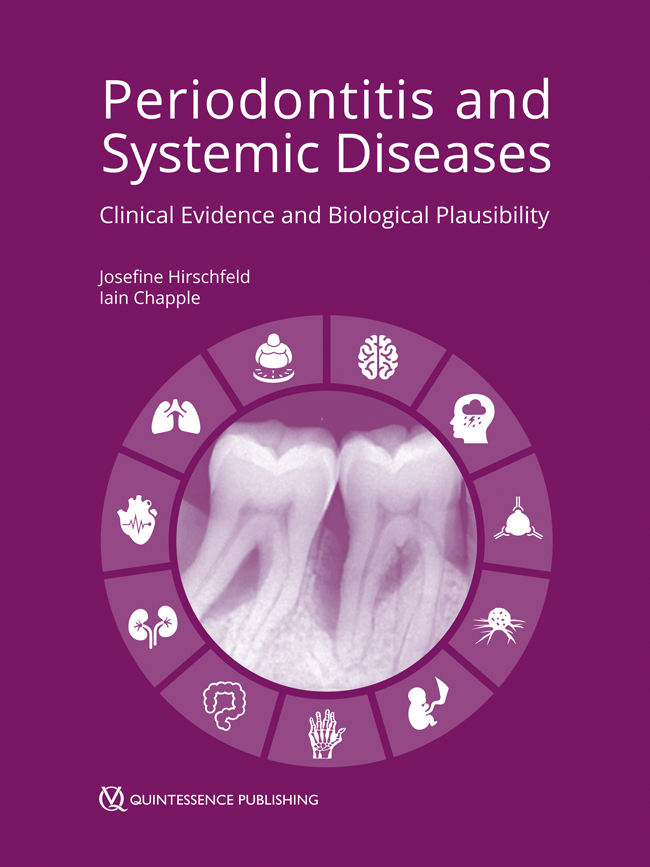Idioma: InglésSimonsen, Richard J.Páginas 159-168, Idioma: InglésYiu / WeiBecause research has resulted in a better understanding of the etiology of dental caries as well as the introduction of new techniques and materials in the practice of dentistry, approaches toward the management of rampant caries should be reevaluated. The development of the acid-etching technique and the improvements in the physical properties and clinical performance of composite resins and glass-ionomer cements have completely changed the concepts of prevention, conservative dentistry, and dental esthetics. Several methods for the treatment of rampant caries are described and management of two cases is documented.
Páginas 169-174, Idioma: InglésBelangerOne type of malocclusion in the primary dentition is posteri crossbite caused by premature deflective occlusal interferences. The primary canines are the teeth that most frequently contribute to a laterally guided centric occlusion that creates a functional malocclusion. Because this is not a self-corrected situation, these types of posterior crossbites should be identified early and evaluated for possible corerction through occlusal equilibration. A case that illustrates early correction of a unilateral functional posterior crossbite by equilibration and the 5-year results are presented.
Páginas 175-179, Idioma: InglésDonly / O'Neill / CrollEnamel surfaces have been found to acquire a glasslike luste and an exceptionally smooth texture following enamel microabrasion procedures. A commercially available enamel microabrasion compound containing abrasive particles and a mild concentration of hydrochloric acid, when applied by rotary compression, simultaneously abrades and erodes (abrosion) the enamel surface. Human enamel surfaces were eval uated microscopically after routine enamel microabrasion procedures. The results show distinct evidence of enamel surface changes that have been described as the abrosion effect.
Páginas 181-186, Idioma: InglésKrejci / Krejci / LutzTen IPS/Empress pressed glass ceramic inlays were cemented in box-shaped, non-beveled, Class II, posterior cavities. They were evaluated clinically according to modified US Public Health Service criteria after 1.5 years in vivo. In addition, quantitative marginal analysis was performed immediately after placement of the inlays and at the 1.5-year recall. Clinical evaluation revealed that the inlays performed well after 1.5 years; all inlays received scores of Alfa or Beta for all criteria evaluation. Scanning electron microscopic examination indicated that the excellent initial marginal adaptation decreased significantly over 1.5 years.
Páginas 187-190, Idioma: InglésOdmanThe purpose of this study was to test the effectiveness of an enzyme-containing denture cleanser. During a 3-week period, 13 patients used Enzydent only for soaking the denture ; during another 3-week period, the patients were instructed first to soak and then to brush their denture. The effectiveness of the cleanser was measured by microbiologic procedures. The results showed that soaking the denture in the enzyme-containing cleanser alone was as effective as the patients' previous regimen of denture hygiene, but that when soaking was used in combination with brushing, the denture became significantly cleaner.
Páginas 191-195, Idioma: InglésChecchi / Trombelli / NonatoThe aims of this retrospective sutdy were to assess the incidence of infection after periodontal surgery, in relation to the type of surgical procedure, and the effectiveness of prophylactic tetracycline administration. Nineteen (4.4%) of 445 surgical procedures in patients who were given no tetracycline resulted in signs of infectioon, while two (3.8%) in patients who were treated with tetracycline resulted in signs of infection. There was no statistically significant difference between these incidences, suggesting that there is no reason for routine tetracycline prophylaxis in periodontal surgery. There was no statistically significant difference in the incidence of infection whether or not bone (ostectomy or osteoplasty) or tooth extraction was involved in the surgical procedure.
Páginas 197-207, Idioma: InglésNgan / Wei / Hagg / Yiu / Merwin / StickelTen patients with skeletal Class III malocclusion in the early mixed dentition who were treated with maxillary expansion appliance and protraction headgear were compared with reasonably matched controls. Significant orthopedic effects were found after as little as 6 months of treatment. Cephalometric analysis revealed that the correction of Class III malocclusion was primarily a result of forward and downward movement of the maxilla and backward rotation of the mandible. The clinical result of one patient treated with this appliance is used to demonstrate the importance of force magnitudes and directions, as well as the design of the appliance, to the success of the treatment.
Páginas 209-214, Idioma: InglésUm / OiloThe purpose of this study was to observe the effect of immersion in water at 3, 5, 7, and 10 minutes after mixing on the surface of three regular and one light-curing glass-ionomer cements by measuring penetration of a methylene blue solution. Early solubility of these cements was also measured and compared with that of a zinc phosphate and a polycarboxylate cement. A blue-stained zone was observed in all glass-ionomer cements, but an inner, opaque zone was observed in only two of the regular glass-ionomer cements. Extending the time between start of mixing and immersion in water decreased the width of both zones in all cements and markedly lowered the loss of substance from the surface of regular glass-ionomer cements. However, time after mixing had no or only a limited effect on the loss of substance from the light-curing glass-ionomer cement, the zinc phosphate cement, or the polycarboxylate cement.
Páginas 215-222, Idioma: InglésAngeliniBall bearings of high-speed dental handpieces were sterilize by various procedures and examined under scanning electron microscopy for evidence of corrosion. The metallic parts of ball bearings (rings and spheres), if not corerctly lubricated, were dramatically corroded in chemical vapor and steam sterilizer. The nonmetallic parts (the retainers made of phenolic resins) appeared to be more sensitive to heat treatments, as revealed by the occurrence of darkening and embrittlement phenomena. In the absence of correct lubrication procedures, the performance of high-speed dental handpieces appears to be adversely influenced by sterilization, mostly in wet envrionments. On the other hand, daily maintenance that follows the manufacturer's instructions reduces and delays the damage to a great extent.




